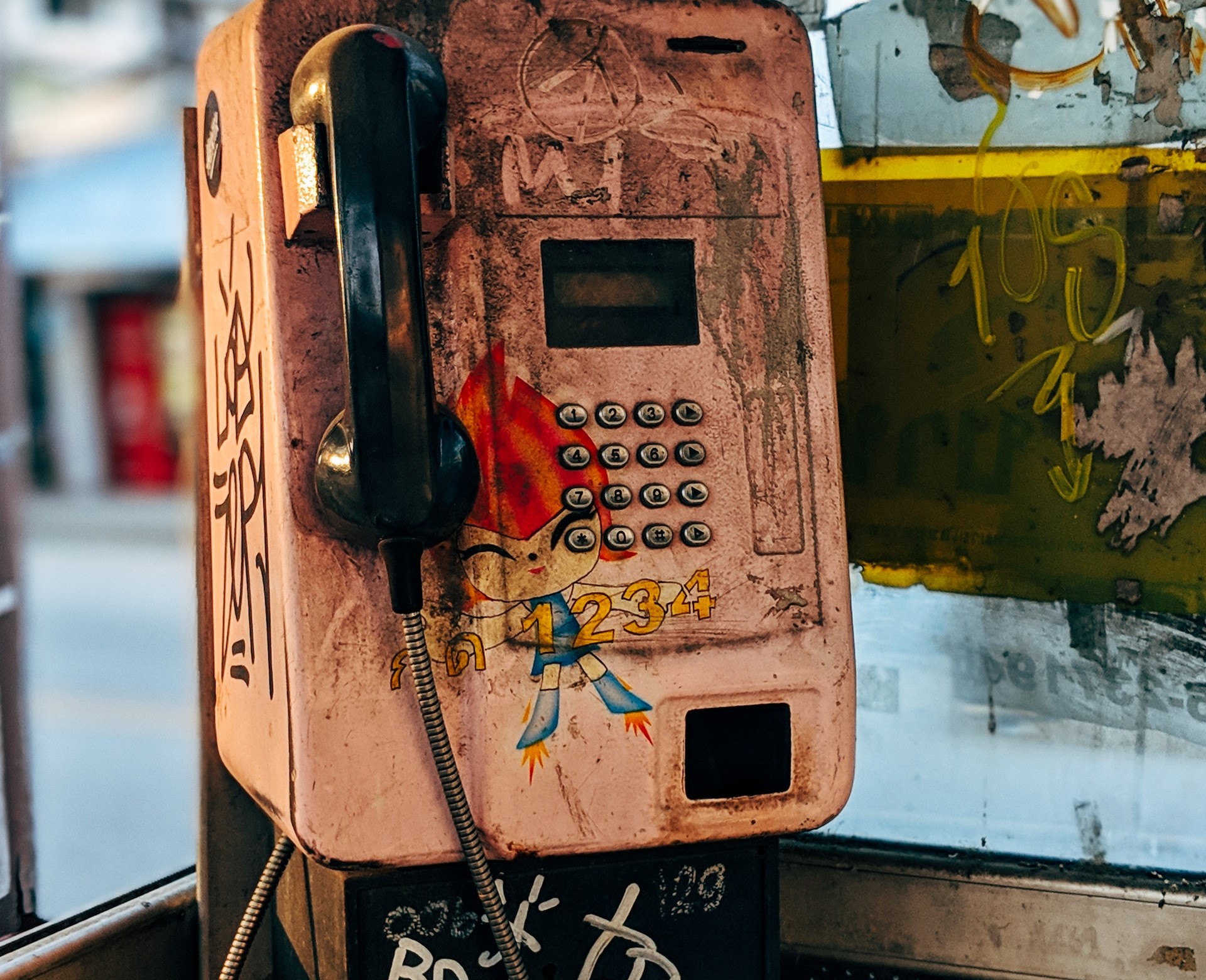In today’s uncertain world, being prepared for unforeseen events is essential, especially when it comes to ensuring your family’s safety. One crucial aspect of preparedness is developing a family communication plan. This article is focused on putting family first and ensuring that everyone is well-prepared and connected in any emergency situation. We’ll discuss why you need a family communication plan, how to build it, what to do with it, and how to train your family on its importance.
Why You Need a Family Communication Plan:
Unforeseen events can disrupt normal communication channels, leaving you and your loved ones vulnerable and isolated. This plan serves several vital purposes:
- Safety: It ensures that every family member knows how to get in touch during a crisis, reducing worry and panic.
- Coordination: A well-structured plan helps you coordinate actions and responses effectively.
- Reassurance: It provides peace of mind, knowing that you have a reliable way to check on each other’s well-being.
- Efficiency: With a plan in place, you can avoid unnecessary confusion and make the most of your resources.
How to Build It:
Many options are available when crating a family communication plan. Everybody will have its own plan, tailored to the reality of their family and the area they live in. Many examples exist on the web with different approach. The important thing is to start!
- Emergency Contact List: Create an emergency contact list. Include not only immediate family but also close friends, neighbors or institutions who can assist during emergencies. You can get more details on building an emergency contact list here.
- Communication Channels: Identify multiple communication channels to ensure redundancy. This could include cell phones, landlines, texting, email, social media, and two-way radios if available.
- Designate an Out-of-Area Contact: Choose a trusted friend or family member who lives outside your immediate area as a central point of contact. This person can help relay messages and coordinate information.
- Establish Meeting Places: Designate primary and secondary meeting places where your family can reunite if separated during an emergency. One should be near your home, while the other should be further away in case your home is inaccessible.
- Create contact cards: Gather all the info on emergency contact cards. These cards may be kept in bags, wallets, preparedness journal, or other.
What to Do with Your Plan:
- Share and Store: Share the plan with every family member and ensure that everyone has a copy. Store physical copies in easily accessible locations, and save digital versions on your devices or in the cloud.
- Practice Regularly: Conduct practice drills with your family. Familiarize everyone with how to use different communication channels, the designated meeting places, and the out-of-area contact’s information.
- Review and Update: Periodically review and update your family communication plan. Phone numbers change, and communication technologies evolve. Make sure your plan remains current.
Training Your Family on the Plan:
- Explain the Importance: Sit down with your family and explain why having a communication plan is crucial. Emphasize the importance of staying connected during emergencies.
- Role Play: Engage in role-play scenarios where you simulate emergencies. Practice how to contact each other, what to say, and where to meet. Have fun doing it.
- Age-Appropriate Training: Tailor the training to the age and understanding of each family member. Make sure even young children know how to dial emergency numbers.
- Reinforce Regularly: Don’t let your family communication plan become a forgotten document. Review it periodically, especially before the start of a new season or significant weather events.
A family communication plan is your lifeline during unforeseen events. It’s the thread that keeps your family connected, informed, and safe. By following the steps outlined above, you can ensure that everyone in your family is well-prepared and knows how to stay in touch during a crisis. Remember, when it comes to family safety, a well-practiced communication plan can make all the difference.






